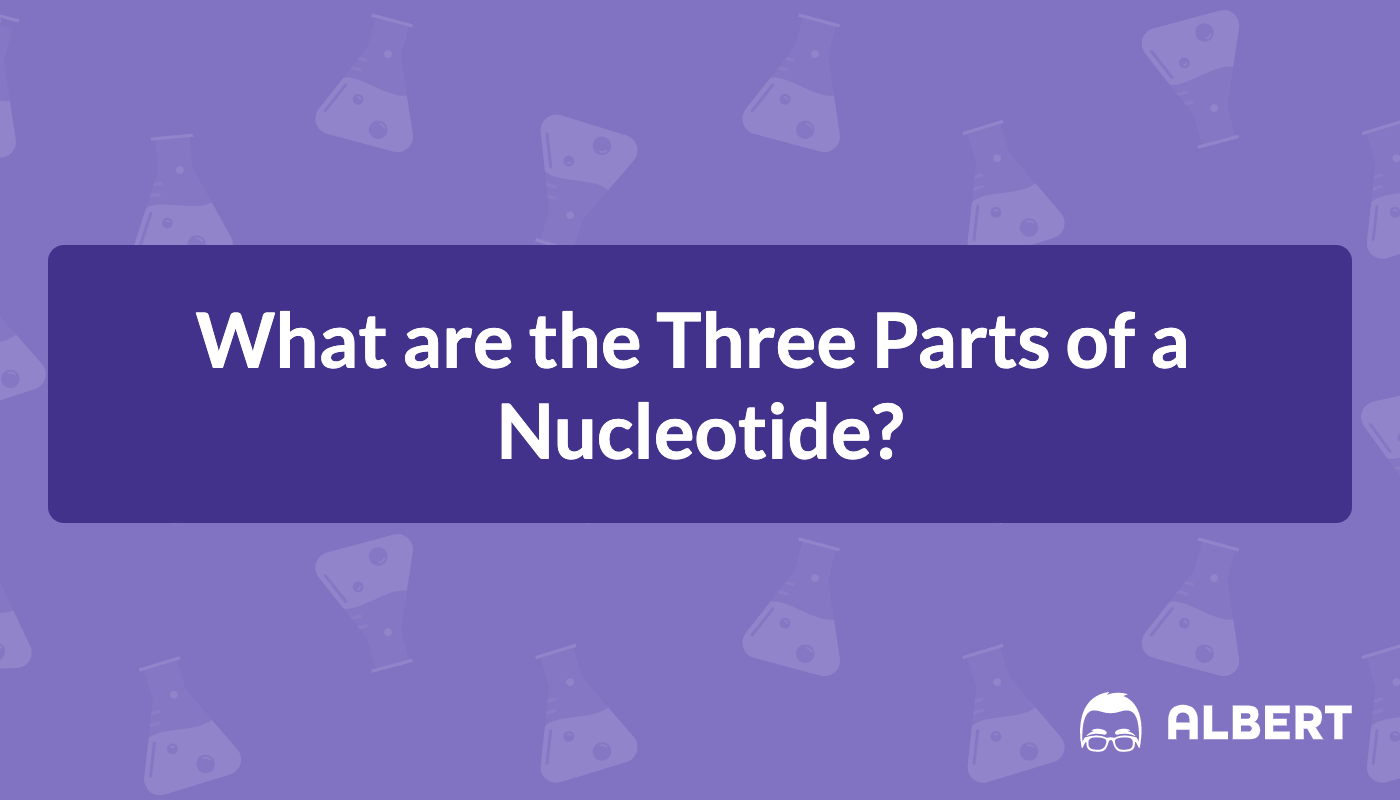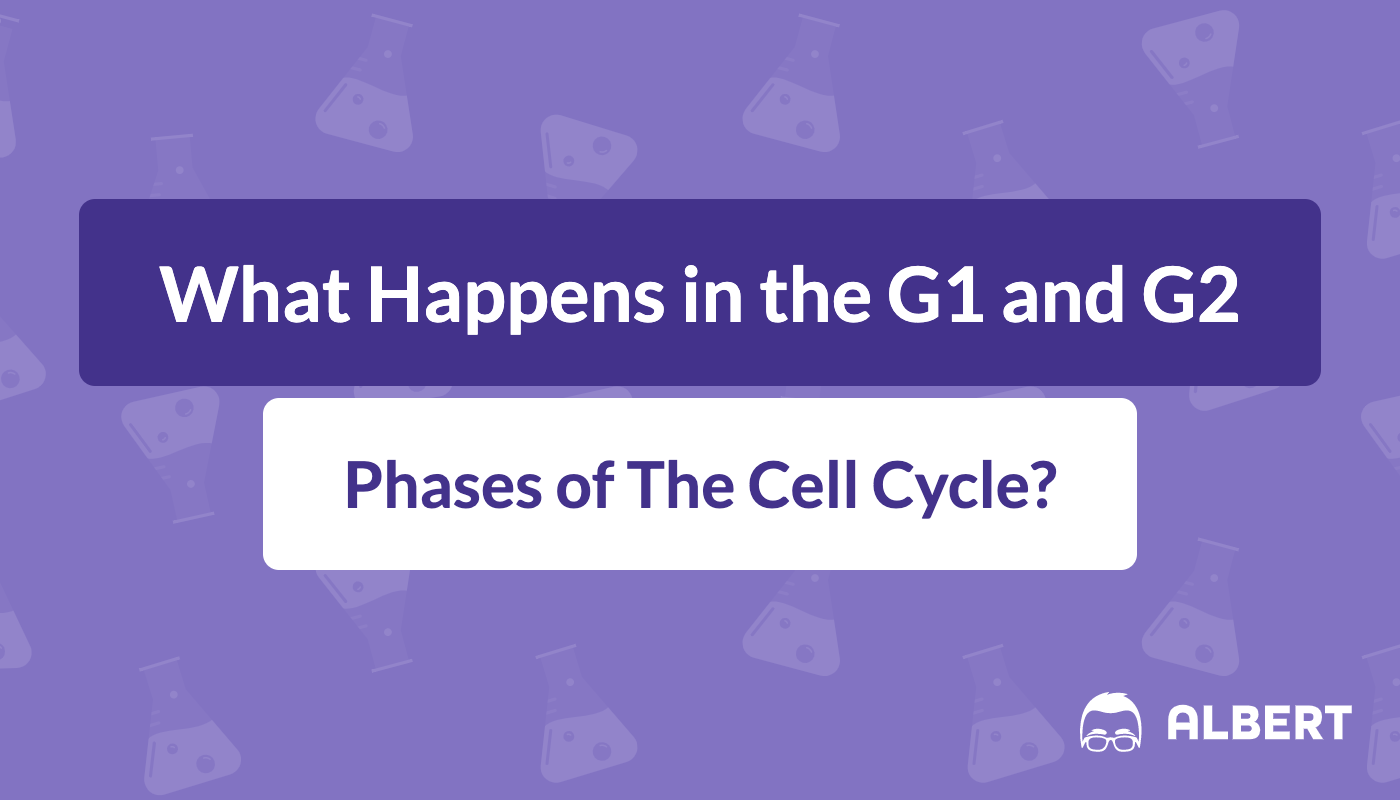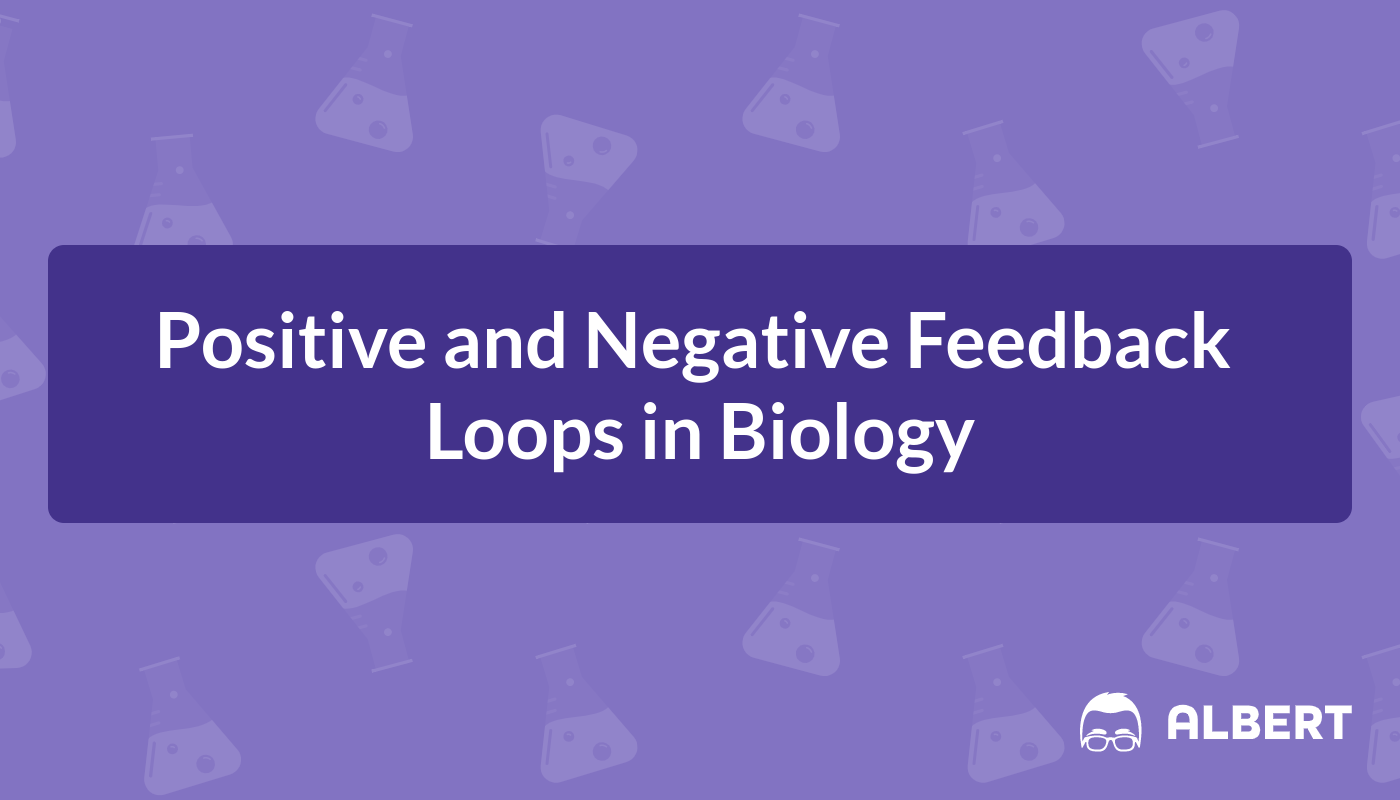What are the Three Parts of a Nucleotide?
Deoxyribonucleic acid, fondly known as DNA, is a molecule in the shape of a double helix, which is responsible for storing genetic information in the cells of all living organisms. Most people know or should know this. But what is DNA made of exactly?




